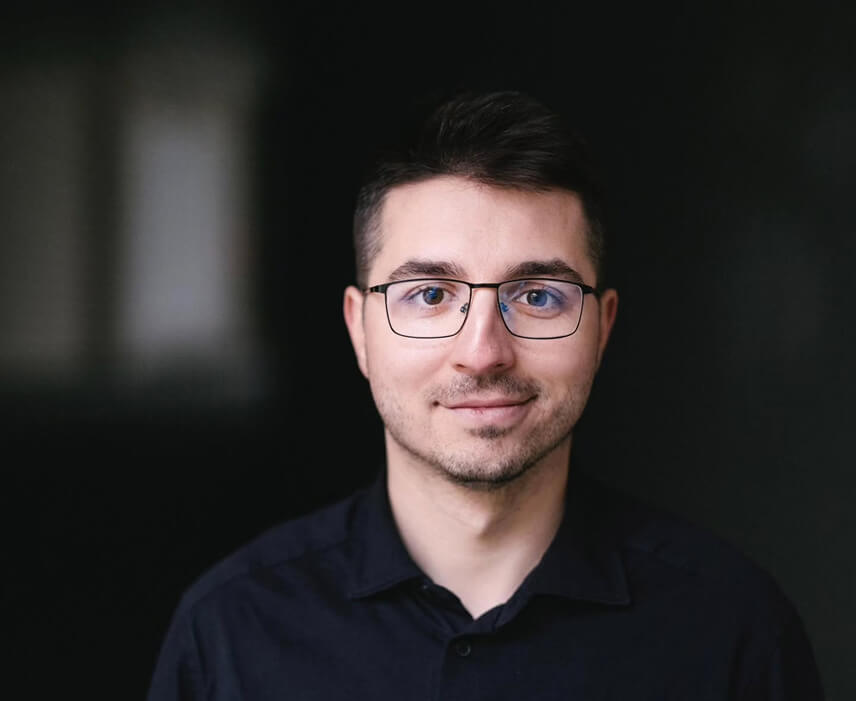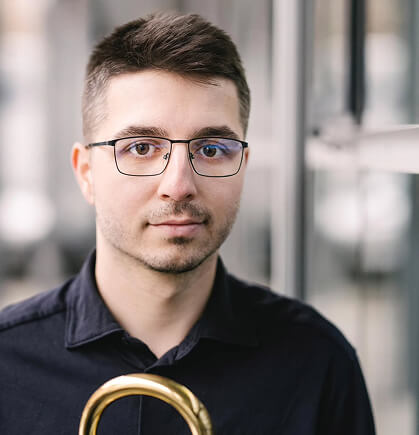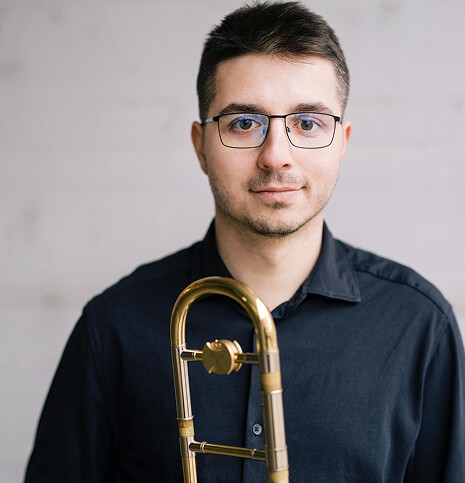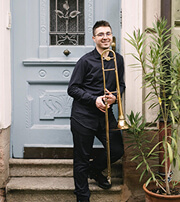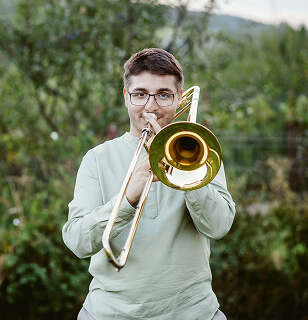I was delighted to take part in the anniversary edition of Sentiamoci a Parma 2025. It was four days of lessons, observation, and pedagogical reflection with colleagues from across Europe. I was impressed by the diversity, relevance, and creativity of the topics.
For example, Mari Skogly presented The Nashville Number System, a method of harmonic notation that replaces chord symbols with numbers corresponding to pitch degrees. Synnøve Sætre Hveem introduced the Meludia platform—no scores, just listening and reacting—highly effective for all ages.
Anne Katrine Bergby shared practical methods to improve intonation for wind instruments. I explored modal language in jazz with Erik Aljberg and learned that the famous jazz piece So What was actually composed by Gil Evans, not Miles Davis.
Maria Melby introduced us to Norwegian women composers—artists, fighters, and visionaries. Per Bundgård discussed the auditory journey from beginner to advanced, presenting creative games using familiar themes by Stravinsky.
Erik Højsgaard spoke about polyrhythmic writing and tempo markings—specifically, how certain composers managed to notate complex rhythms in simpler ways. Maria Medby connected Grieg’s legacy with Norwegian musical identity.
Urszula Koza proposed a complete and immediately applicable auditory analysis worksheet. Malwina Marciniak used a simple song—Are you sleeping, Mr Johnny?—to develop listening skills through progressively more challenging exercises.
The lessons were interactive, delivered in Italian or English, with translations provided for the audience. I left Parma full of ideas, resources, and above all, renewed enthusiasm for teaching. I am deeply grateful for this experience. Sentiamoci a Parma 2025 confirmed for me that music is best learned and taught together.








Stay up to date with other news by accessing this page.




